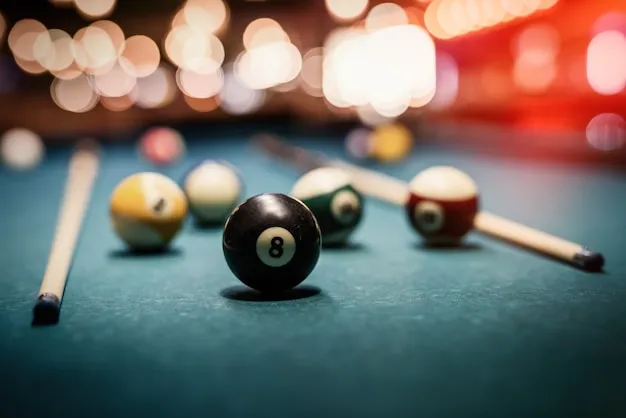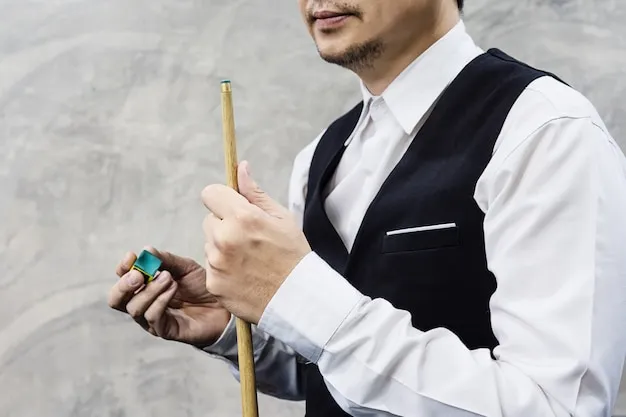Pool Cue Shaft Materials: Which Is Right for You? Unveiling Best Options for Maximum Precision!
Introduction:
When it comes to playing pool, the right equipment can make all the difference in your performance on the table. While the focus is often on the pool cue itself, an often overlooked component is the pool cue shaft. The material used to construct the shaft can significantly impact the accuracy and precision of your shots. In this article, we will explore various pool cue shaft materials, their pros and cons, and help you make an informed decision that fits your playing style.
Wood Pool Cue Shafts
Pros and cons of traditional wood shafts:
Wood has been the go-to material for pool cue shafts for centuries, and for good reason. The natural characteristics of wood provide a unique feel and control that many players swear by. Maple, ash, and hickory are commonly used woods in pool cue shaft construction.
Pros:
- Flexibility: Wood shafts offer flexibility, allowing for greater cue ball control by absorbing impact and reducing vibrations.
- Tactile Grip: The natural grain of wood provides a tactile grip, resulting in enhanced cueing accuracy.
Cons:
- Susceptibility to Warping: Wood can be susceptible to warping and moisture absorption, affecting straightness and performance.
- Maintenance: Regular maintenance and proper storage are essential to minimize warping issues.
Carbon Fiber Pool Cue Shafts
Exploring the benefits of carbon fiber:
In recent years, carbon fiber has emerged as a popular alternative to traditional wood shafts. Carbon fiber shafts offer several advantages that appeal to both professional players and enthusiasts.
Benefits:
- Exceptional Durability: Carbon fiber is resistant to warping, moisture, and temperature changes, ensuring consistent performance.
- Stiffness: Carbon fiber shafts are stiffer, leading to decreased deflection and enhanced accuracy.
- Lightweight: Carbon fiber shafts are typically lighter, providing increased cue ball control and maneuverability.
Maple Pool Cue Shafts
Highlighting the characteristics of maple shafts:
Maple is one of the most commonly used woods for pool cue shafts and is renowned for its consistency and versatility. Maple shafts offer a balanced combination of flexibility and stiffness, making them an excellent choice for players of all skill levels.
Characteristics:
- Balance of Flexibility and Stiffness: Maple shafts offer a balanced combination, suitable for various playing styles.
- Tactile Grip: Natural grain patterns provide a smooth and comfortable feel, enhancing grip and shot accuracy.
- Durability: Properly maintained maple shafts withstand regular use without compromising performance.
Conclusion:
Choosing the best pool cue shaft for you:
In conclusion, selecting the right pool cue shaft material is crucial for maximizing your precision and overall performance on the table. While wood shafts offer a traditional and tactile experience, they require regular maintenance and are susceptible to warping. On the other hand, carbon fiber shafts provide durability, reduced deflection, and enhanced control, but may lack the natural feel some players prefer. Maple shafts strike a balance between flexibility and stiffness while offering durability and a tactile grip.
Ultimately, the best pool cue shaft material for you will depend on your playing style, preferences, and budget. It is recommended to try out different shaft materials before making a final decision to determine which one feels most comfortable and improves your game. Remember, whether you choose wood, carbon fiber, or maple, regular maintenance and proper storage are key to ensuring the longevity and performance of your pool cue shaft.
So, go ahead and explore the options available, experiment with different shaft materials, and find the perfect cue that enhances your skills and elevates your pool playing experience. With the right pool cue shaft in hand, you’ll be able to execute shots with precision and finesse, leaving your opponents in awe of your skill on the table.



